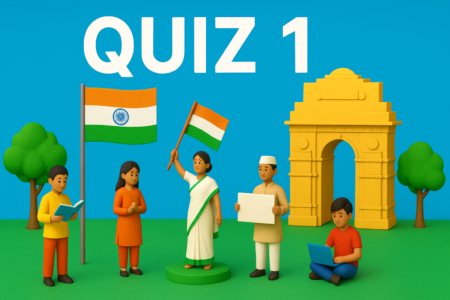The global Church commemorated Saint George’s great feast day on Saturday, April 23, 2022. There is several historical information about his life that are unneeded. What is certain, however, is that Saint George is not a fiction, but rather a very strong and real example of holiness and fruitful reaction, particularly in the context of the Covid-19 epidemic.
When the name Saint George is spoken, many people automatically associate him with legend. They do this because they like to exaggerate the 11th-century tradition in which the saint defeated the monster. True, Saint George is shown as a soldier bearing a martyr’s cross in early icons. Then, as the ages passed, the mythology of the dragon crept into the life of this saint. We are aware of the many different versions of the story. However, the primary story revolves around a dragon who lives in a lake and is worshiped by unbaptized locals who are so terrified of this horrific creature that they sacrifice their children to appease it.
Finally, it was the turn of Elizabeth, the king’s daughter, to be sacrificed. Saint George, riding his white horse, emerges as she approaches the dragon to meet her doom. He prayed to the Father, Son, and Holy Spirit, and then used a lance to immobilise the dragon. Following that, Elizabeth escorted the defeated beast into the city. Rather than receiving a treasure, Saint George urged the people to accept Jesus Christ as their Savior and be baptised. The monarch agreed wholeheartedly with the saint’s suggestion. He committed to keeping churches in good repair, attending religious services, and showing compassion to the destitute.
Saint George, an officer in Emperor Diocletian’s army, was born in Cappadocia, according to legend. In the year 303, he died a martyr’s death. Nonetheless, the tale of Saint George defeating the dragon reveals how the Cross protected Saint George as he slew a people-eating dragon. The dragon narrative is pure fabrication from a reasonable standpoint. However, on a spiritual level, this narrative illustrates a vital life lesson that Saint Francis teaches us.
Because he used the Lord’s Name, Saint George battled and overcame evil, as depicted by the fire-breathing dragon! Because he rode the white horse, he was able to battle and defeat such a cruel and diabolical foe that subjugated and terrorised the majority of the people of his day. In the second century, Saint Irenaeus, while interpreting the same vision as recorded in the Book of Revelation, believes that the Horseman on the White Horse is Christ himself and that his white horse represents the spread of the gospel.
Let us not forget that the white colour represents the Bible’s righteousness, while Christ is sometimes shown as a conqueror. Others have added to and extended this view by suggesting that the Horseman may be a symbol of the Holy Spirit. After Jesus departed from Earth, the latter descended on the Apostles at Pentecost. Let us remember that the Lion’s entrance in Revelation 5 depicts Jesus’ triumphal entry into Heaven, and the first Horseman might represent Jesus’ sending of the Holy Spirit as well as the spread of the gospel of Jesus Christ.
Put on the complete armour of God so that you can stand against the devil’s schemes. We are not fighting flesh and blood, but against the principalities, powers, and world rulers of this present darkness, as well as the spiritual hosts of evil in the high realms. Take on the whole armour of God, so that you may be able to resist in the evil day and, having done everything, stand. So stand, having girded your loins with truth, put on the breastplate of righteousness, and shod your feet with the gospel of peace’s equipment; and above all, take the shield of faith, with which you can extinguish all the fiery arrows of the enemy.
In the current coronavirus worldwide context, such a logical and clever interpretation of Saint George’s victory over the dragon, reinforced, of course, by the vision of the Book of Revelation, makes a lot of sense. The serpent that is presently attacking us in every aspect, be it economically, socially, relationally, or spiritually, has been well defined by Pope Francis. The Pope spoke about the existential horrors that this serpent, known as coronavirus, is inflicting on all of us in his Friday, March 27, 2020, address. The Holy Father lamented in his message at that great time of prayer, in an empty Saint Peter’s Square, metaphorically showing the existential emptiness in the hearts of millions of people worldwide:
However, Pope Francis, who bears the name of Saint George, Jorge, demonstrated how to be real georgos, or “earth-workers,” in that historic address. To put it another way, being a genuine worker translates into tangible actions of solidarity with one another, conducted by those of us who are rowing in the same boat, and who, first and foremost, are the people who live on this planet. The Pope must have realised that fighting evil on our own is impossible and that we can only win if we are strengthened by Christ.







